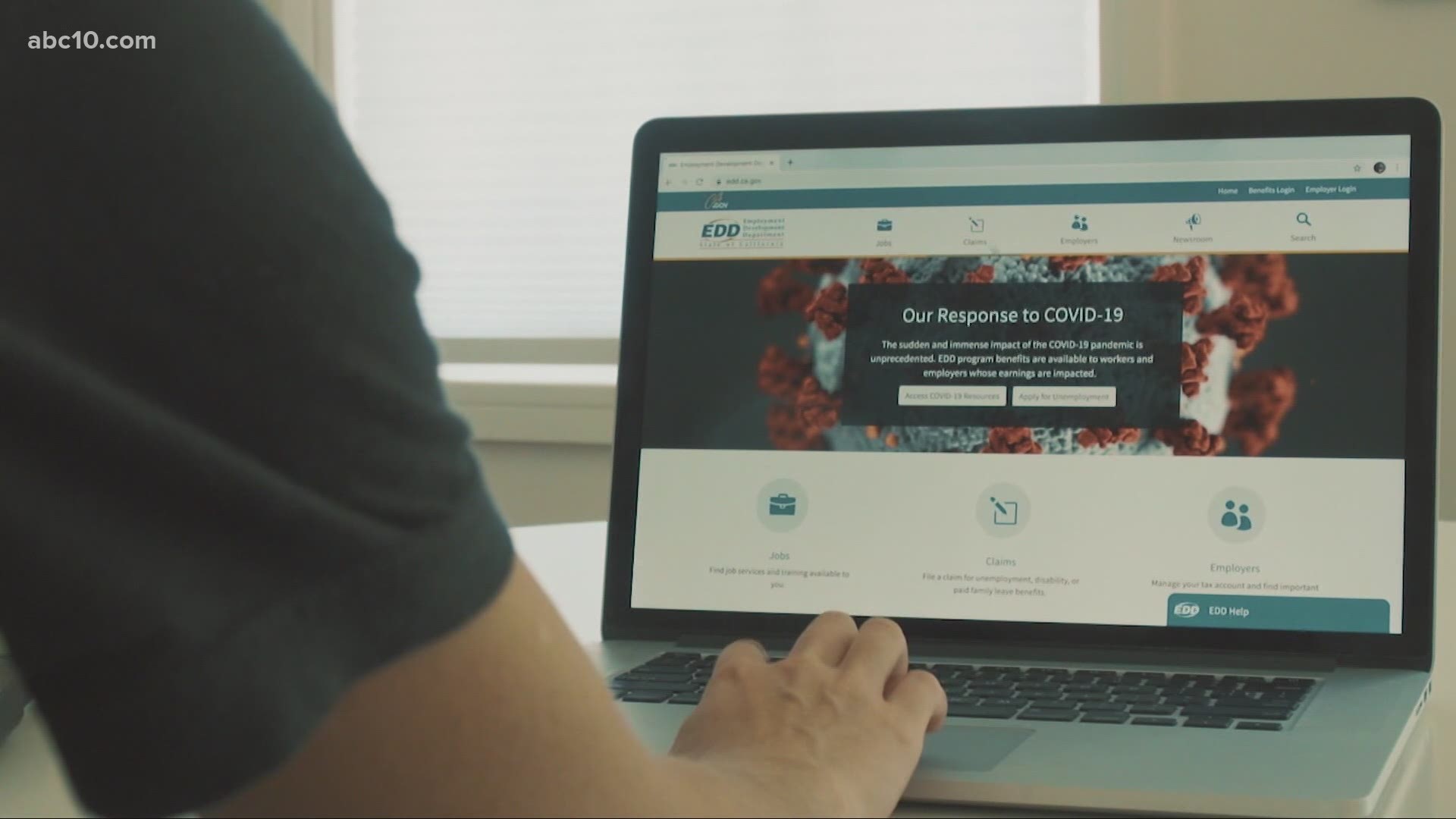SACRAMENTO, Calif — COVID-19 vaccines have been shipped to states across the country. Administering the shots has proven to be challenging for a number of reasons, whether it's a shortage of doses or working through a phased system.
But some states are vaccinating people successfully.
Here's how three states with vaccination administration rates above 70% have been able to do it.
West Virginia
West Virginia has reported administering 80% of its vaccines (per capita), according to the Centers for Disease Control and Prevention (CDC).
Allison C. Adler, director of communications for West Virginia Department of Health and Human Resources, said the state took a "slightly different approach than plans used nationwide because about 54% of the state’s pharmacies are not chain affiliated."
"West Virginia has been working with the State Pharmacy Board and the West Virginia Healthcare Association to modify this approach to vaccinate long-term care staff and residents," Adler said. "If we only opted into the federal program, we felt we would be limiting our ability to distribute and administer the vaccine to the population in need."
North Dakota
North Dakota has reported administering 75% of its vaccines (per capita), according to the CDC. Nicole Peske, chief communications officer, said the state enrolled all provider sites needed for the entire COVID-19 vaccine campaign into the North Dakota Immunization Information System.
Peske said the North Dakota Department of Health (NDDoH) keeps providers up-to-date regarding COVID-19 through an email listerv, weekly meetings, and informational videos. She said the state has a warehouse where vaccines are stored and handled.
"We are able to breakdown COVID-19 vaccine shipments into smaller quantities to get vaccines to rural areas of the state, where many healthcare providers are located. COVID-19 vaccine for phase 1A healthcare workers was distributed to providers across the state of North Dakota, not just hospitals and health systems...Local public health vaccinated all healthcare workers who were not associated with a hospital/health system or enrolled clinic," Peske said.
NDDoH notifies providers the week before of what the following week's vaccine allocation will be so providers can plan to use doses, according to Peske.
"Local public health is utilizing PrepMod, a mass vaccination software, to facilitate registration and reporting to NDIIS for COVID-19 vaccine clinics," Peske said.
The NDDoH Division of Immunization informed providers they wouldn't receive subsequent doses if they still had COVID-19 vaccine inventory, Peske said. The state also made phone calls to providers with COVID-19 vaccine inventory in NDIIS to determine barriers to use and reporting errors.
Peske said not all long-term care facilities in North Dakota are not participating in the federal pharmacy partnership program. She said North Dakota pharmacies have to be locally owned with the exception of six CVS pharmacies that were grandfathered.
"Thrifty White Pharmacy is being used in addition to CVS for vaccination of long-term care facilities. Fifty- eight percent of long-term care facilities are not participating in the program, so vaccines were sent to public health, independent pharmacies, or the long-term care itself for immediate vaccination. North Dakota actively engaged CVS and Thrifty White to have routine communication regarding this program," Peske said.
South Dakota
South Dakota has reported administering 74% of its vaccines (per capita), according to the CDC. Kim Malsam-Rysdon with the South Dakota Secretary of Health said "preparation, not panic has been our guiding force since day one."
“South Dakota is a leader in vaccination efforts because of our people. We’ve empowered them to make the best decision for themselves, their family and their businesses, by providing them with timely and accurate health information as it becomes available. We’ve also leveraged our strategic partnerships throughout the state, and we are proud of their non-stop work to get shots in arms," Rysdon said.
Read more from ABC10
ABC10: Watch, Download, Read
California will finish vaccinating health care workers, people over 65 and essential workers like teachers and agriculture workers before moving to the new approach.



















